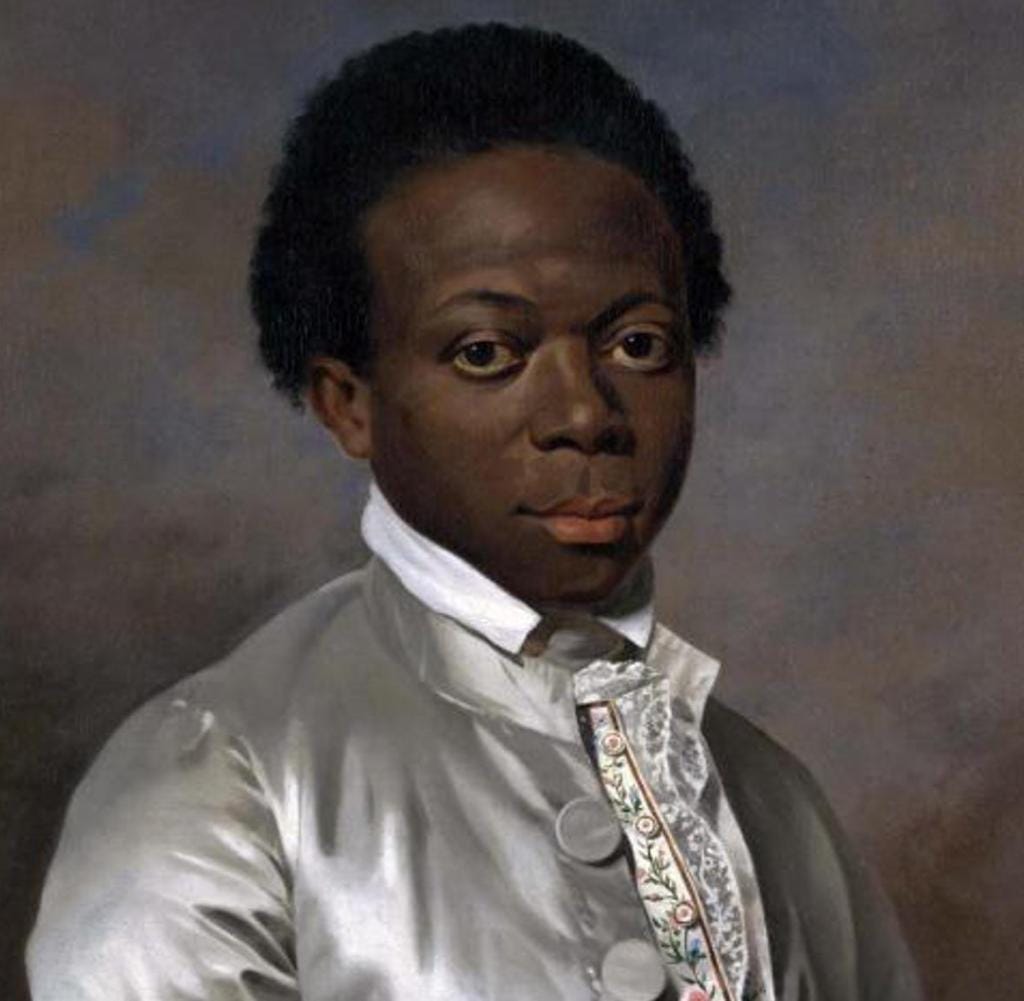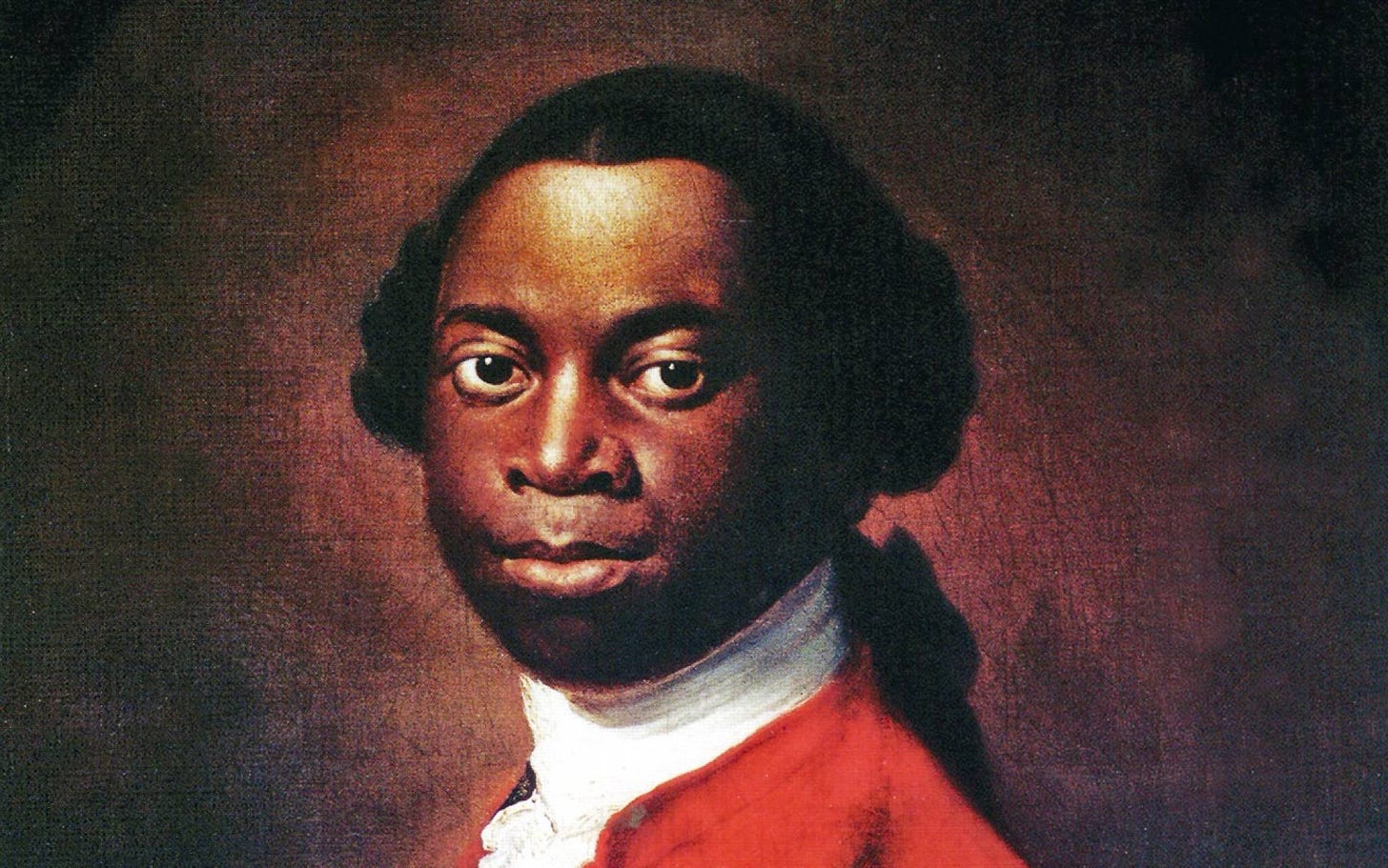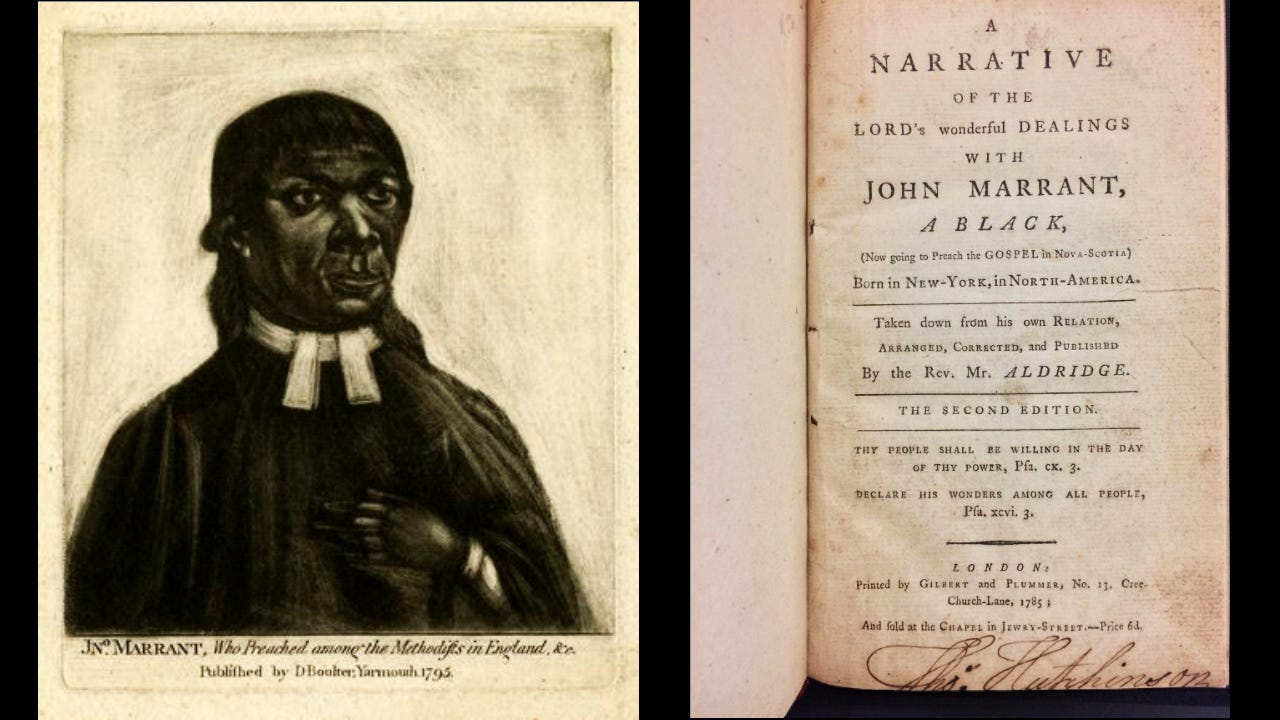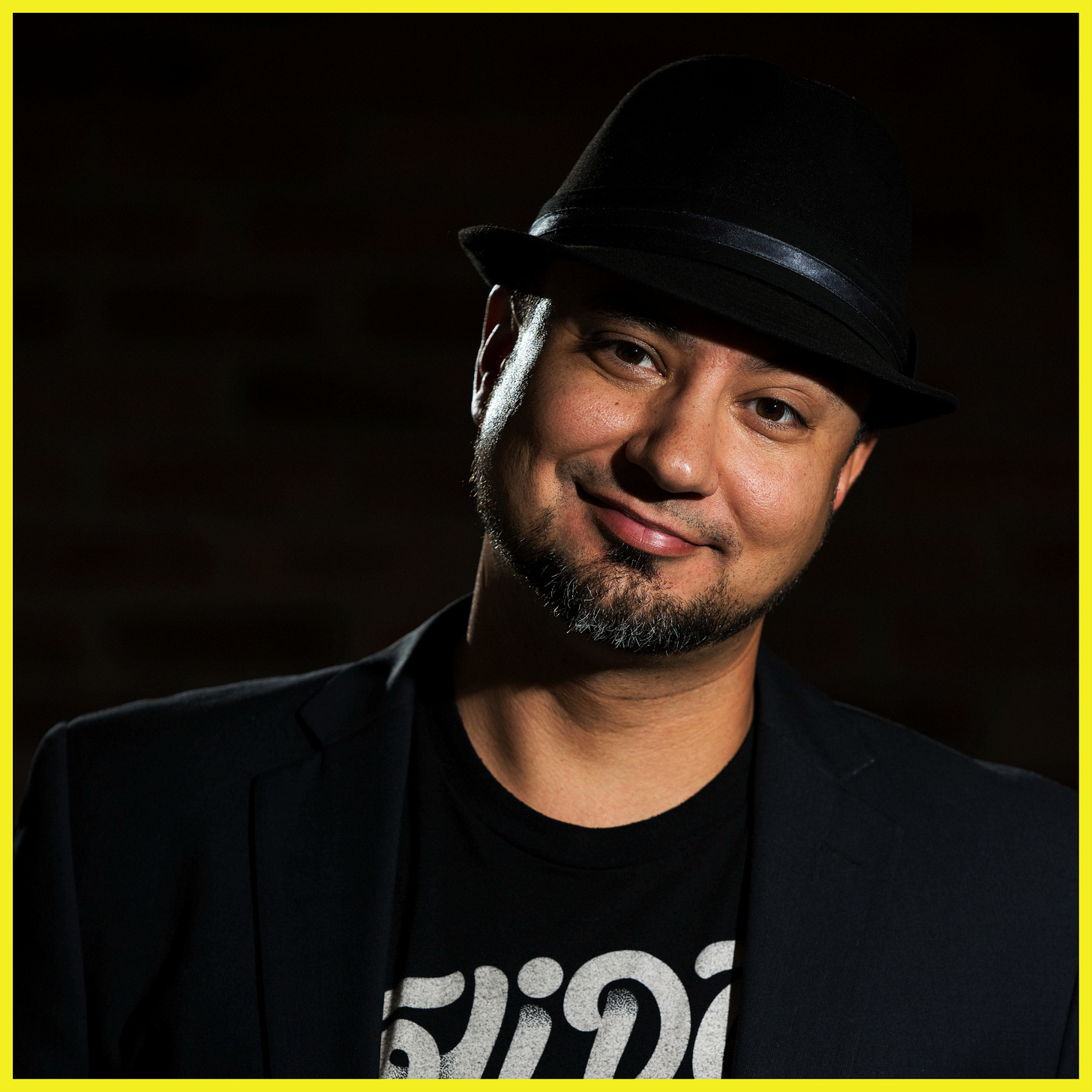6 Inspiring Black Christians from the 1700's
THESE SIX AFRICAN CHRISTIANS FLOURISHED AND EXCELLED FOR GOD'S GLORY, DESPITE HAVING TO OVERCOME INCREDIBLE HARDSHIP AND INJUSTICE
INTRODUCTION
These six black Christians of African descent from the 18th Century should inspire and challenge us to overcome adversity and live for Jesus, no matter the circumstances we find ourselves in. Now, come and meet: Anton Wilhelm Amo, Phillis Wheatley, Jacobus Elisa Johannes Capitein, Olaudah Equinao, John Marrant,
ANTON WILHELM AMO
ca. 1700-1759
Philosopher, Academic
Anton Wilhelm Amo was born in present-day Axim, Ghana, into the Nzema tribe. Amo was taken by the Dutch West India Company to Amsterdam as a “present” for the Duke of Brunswick-Wolfenbüttel in Saxony. Duke Ulrich Anton, and later his son Augustus, adopted Amo. He was baptized as a Christian. In The Life and Times of Anton Wilhelm Amo (1964), Ghanian scholar W.E. Abraham wrote that Amo was brought up to be a Dutch Reformed pastor. Anton learned to speak Dutch, Hebrew, Greek, Latin, French, and German.
Anton Wilhelm Amo was the first African to study at a Christian university in Europe. Amo’s doctoral dissertation at the University of Wittenberg, On the Impassivity of the Human Mind, is a critique of Roman Catholic philosopher Rene Descartes. The essence of Amo’s thesis was the concept of divine impassibility found in the Latin Christian theological tradition. Anton was the first African to practice philosophy in Europe since the Roman era.
On finishing his studies, he used his learning and understanding of scripture to argue powerfully against slavery as being contradictory to the principles of enlightenment. In 1736, after Amo acquired the title Dr., he became a lecturer at Halle University, where he was once a student. He taught several subjects, including natural law. After experiencing increasing isolation and racism, Dr Amo returned to his homeland of Ghana around 1747. Not much is known about Amo after he left Germany.
Halle University in Germany memorialized Amo with a bronze statue in 1965. Since 1994, the Martin Luther University of Halle-Wittenberg in Germany offers a yearly prize in Anton’s honor for academic achievement.
PHILLIS WHEATLEY
1753-1784
First major black poet in American history
Phillis Wheatley is the first published English-speaking African-American author, the first major black poet in American history and one of the first major female poets in the US. Her achievements became a catalyst for the fledgling anti-slavery movement.
Born in Gambia, West Africa, she was kidnapped at seven, enslaved, and then brought to America in 1761. She learned to read and write in the home of a prominent Boston tailor. In 1765, at age eleven – just four years after her arrival – she wrote her earliest surviving letter to a Native American missionary and poet named Samuel Occom in Britain. In later correspondence to Occom, she agreed with his criticism of slavery, explaining that she desired
“to convince them of the strange Absurdity of their Conduct whose Words and Actions are so diametrically opposite”.
She followed a similar line of reasoning in her poetry, especially in her ode to the Earl of Dartmouth, calling attention to the contradiction of the colonies’ demanding freedom from England while upholding slavery. Wheatley’s first poem was published in the Newport Mercury in 1767 when she was only 14. She achieved renown in England with her Poems on Various Subjects Religious and Moral, published in 1773, the same year she was legally granted freedom. No Boston publisher would publish her work but a London-based Christian philanthropist, Selina Hastings, Countess of Huntington, helped disseminate her poetry.
Wheatley had been baptized at 18 and prayed against the temptation of pride as a result of her success, writing to a family friend that her God-given gifts were for “His glory and the good of mankind”. Later, she memorialized the ministry of the Anglican preacher, George Whitefield, known for his pioneering ministering to black Americans. The poem included these lines:
Take Him, ye Africans, He longs for you,
Impartial Savior is His title due:
Washed in the fountain of redeeming blood,
You shall be sons, and kings, and priests to God.
JACOBUS ELISA JOHANNES CAPITEIN
1717-1747
Missionary, Minister, Translator
Forcibly enslaved at eight years old, Jacobus Elisa Johannes Capitein was eventually freed. Capitein became one of the few Africans educated in Europe in the 18th century and the first African ordained by the Dutch Reformed Church. He became well-known during his lifetime as “the black minister” and even did a brief tour in the Netherlands. His 1742 lecture, based on his theological dissertation and presented in Latin, argued slavery was “not in conflict with Christian liberty”. However, his perceived defense of slavery has caused some modern scholars, such as Christine Levecq, to see him as “a mouthpiece for Western colonialism” (see Levecq’s 2019 book, “Black Cosmopolitans”).
Letters sent to Holland during his five years on the West Coast of Africa as a missionary tell a more complete story of the man. These letters show he was a complex thinker and a complicated man, living in a complex and complicated era. Capitein was fighting against forces that didn’t wouldn’t permit African slaves to be baptised because then it would mean they would have to be freed. He was essentially fighting to keep alive the option of Christian baptism for enslaved people, as he felt his focus should be on spiritual freedom first. Capitein also argued that true Christian love barred the mistreatment of slaves.
The Dutch West India Company appointed minister of the fort of Elmina (present-day Ghana). This was the hub of the Dutch slave trade along the Gold Coast at the time. His duties as minister and missionary proved difficult. The white slave traders did not like him because he was black and because he did not approve of the slave traders' extramarital affairs. Contact with the other Africans was difficult because Capitein had become too Dutch, and his efforts to baptize the local population proved fruitless.
Capitein died at 30, after barely five years of missionary work. During his ministry, he translated the Ten Commandments and The Lord’s Prayer into Mfantse, one of the languages spoken around the Gold Coast in 1744. These are some of the first examples of the written word in Ghana. His work as an educator helped spread use of the written word in Ghana , as learning the alphabet helped spread literacy. The King of the Asantes, Opuku Ware I, even asked for Capitein to teach his own children. Capitein is the first African to have written a treatise on slavery, The Agony of Asar.
OLAUDAH EQUIANO (Gustavus Vassa)
1745–1797
ABOLITIONIST AND WRITER
Also known as Gustavus Vassa, Equiano was a writer and British abolitionist. Born in modern southern Nigeria, he was kidnapped at what he estimated to be at 11 years old. The raiders split him up from his sister. Equiano was transported to the Caribbean and sold as a slave in 1754 to Michael Henry Pascal, a Huguenot (French Calvinist) and Royal Navy officer. While aboard one of his ships, he met Daniel Queen, who became like a father-figure to him. Queen helped educate Equiano, introduced him to the Bible, and taught him some professional skills.
Equiano was sold twice more but purchased his freedom in 1766. As a freed man in London, he was part of the Sons of Africa, an abolitionist group made up of Africans living in Britain. During this time, he exposed the murder of 130 slaves on a British ship, who had been thrown overboard by the captain.
In 1789, Equiano published his autobiography, The Interesting Narrative of the Life of Olaudah Equiano. In it, he wrote:
“O ye nominal Christians! Might not an African ask you, learned you this from your God? Who says unto you, Do unto all men as you would men should do unto you?”
Equiano appealed to this verse, Matthew 7:12, numerous times when conversing with pro-slavers. The book was successful and reprinted several times. In a multitude of ways, Equiano used his voice to raise public awareness of the true cruelty of slavery and its related institutions.
JOHN MARRANT
1755-1791
One of America’s first black preachers
John Marrant is best known as a wilderness missionary, chaplain, church planter, and author. However, he first became known as a French horn player at a young age, attending balls and parties in Charleston, South Carolina. Marrant was born free in New York city in 1755. He dramatically converted to Christianity in 1768, at the age of 13, while listening to a sermon by George Whitefield. His radical conversion did not sit well with his family, who regarded him as mentally ill.
He left home after intense disagreements over religious matters, and wandered in the forest, trusting God to take care of him. He was found by a Cherokee hunter. Due to certain traditions, the Cherokee tribe reluctantly felt obligated to sentence him to death. The execution was cancelled after the tribe miraculously heard him pray in their native tongue. He wound up as an early missionary to the Cherokees, living with them for two years, and ministering to other tribes in the area: Creek, Catawa, and Housaw. A Loyalist, Marrant sided with the British during the American Revolution.
After the war, he moved to England and became associated with Calvinist Methodism. In 1785, Marrant was sent to Nova Scotia to minister. He founded a church in Birchtown before resettling in Boston, and finally returning to England in 1790. He authored three published works, including a sermon and a journal. His testimony became a famous pamphlet, going through 17 editions. Today, Marrant is usually described by historians as one of America’s first black preachers.
QUOBNA OTTOBAH CUGOANO (JOHN STUART)
1757-died after 1791
The first African to demand total abolition
Born in what is now Ghana, Cugoano was kidnapped in 1770 at age 13 and taken to the West Indies. He spent a year enslaved on plantations in Grenada before being brought to England, where he learned to read and gained his freedom after the Somersett Case of 1772. He was not involved in the case but certain interpretations of it allowed some slaves to go free, as a result of the case.
In 1773, he was baptized and took on the name “John Stuart”. Cugoano worked with prominent abolitionist Oladuah Equiano and the Sons of Africa on various anti-slavery campaigns. Through his own determination and connections to the British elite, he became a leader in London's African community. Cugoano worked with William Green, another Afro-Briton, and biblical scholar and Christian abolitionist Granville Sharp to free a kidnapped man, Henry Demane, who was being forced into slavery.
In 1787, Cugoano published Thoughts and Sentiments on the Evil and Wicked Traffic of the Slavery and Commerce of the Human Species, which became popular and was even translated into French. This partly autobiographical book contained a considerable amount of biblical exegesis and was clearly informed by Christian theology, including this passage from Exodus 21:16:
“And he that stealeth a man, and selleth him, or if he be found in his hand, he shall surely be put to death.”
His work also engaged in natural rights philosophy, exposing how the slave trade violated the proper principles of property ownership, reason and Christianity. Cugoano’s anti-slavery political treatise was the first to be published in English and made him the first identified African critic of the Transatlantic Slave Trade. In 1791, he released a revised edition addressed to “the Sons of Africa”. This work advocated for the establishment of an education system for Africans and a colony in Sierra Leone for freed slaves. This revision is the last historical record we have of Cugoano.
CONCLUSION
These six men and women of African descent are Christians who flourished and excelled for God’s glory, despite having to overcome incredible hardship and injustice. No matter what our background, this is an example we can strive to emulate.
BONUS: My full length sermon oh John Marrant (link below)












Great and informative article!